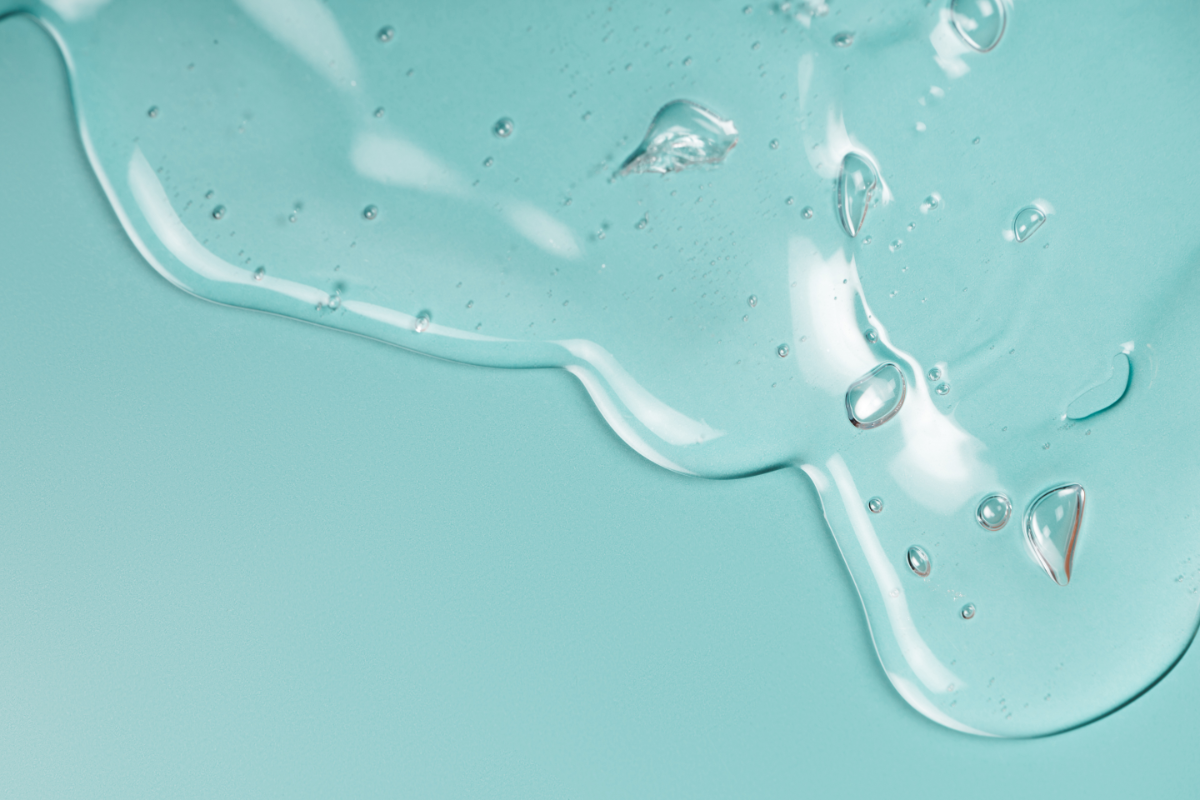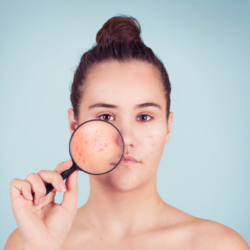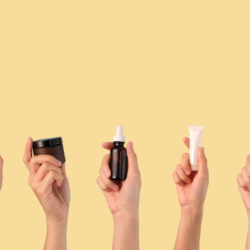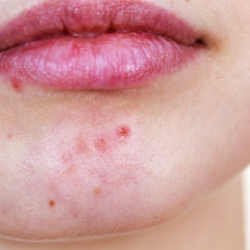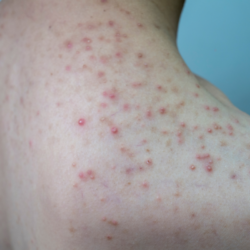In the drugstore, especially when it comes to blemishes, there are many ingredients to choose from. However, salicylic acid is at the top of the list! Simply put, salicylic acid is the number one enemy of acne and all types of blemishes. If you need a very powerful spot treatment to get rid of a pimple as quickly as possible, this is the active ingredient you absolutely need!
What is salicylic acid?
Let’s start by defining what salicylic acid is. In fact, it is a derivative of the bark of the willow. Furthermore, it belongs to a class of ingredients called salicylates. In the world of cosmetics, there are two classes of acids that can be found in all parapharmacies: beta-hydroxy acids (BHA) and alpha-hydroxy acids (AHA). Salicylic acid is a BHA.
Its role in acne
It is when the pores of the skin are blocked by the accumulation of dead cells and sebum, that we often see the appearance of blackheads or white patches and pustules often appear. In fact, this active ingredient penetrates the epidermis to dissolve the dead cells that clog the skin’s pores. However, its action is only really visible after several weeks of use. If you don’t see any improvement, it is best to ask a health professional for advice.
Blackheads & whiteheads
There are three aggravating factors in acne: abnormal desquamation of the skin cells excess sebum and the presence of p. acnes bacteria. Salicylic acid acts on the first factor by clearing the pores of all the debris that clogs them. In fact, it is the ideal active ingredient to treat blackheads and whiteheads, as it is able to dissolve dead cells while regulating the skin’s renewal process.
How should salicylic acid be used?
Salicylic acid can be found in many drugstore products. That’s why it’s easy to incorporate into your daily skin care routine. It is important to use only ONE PRODUCT with this active ingredient to avoid the risk of skin irritation. Therefore, you can choose to use a cleanser, lotion, spot treatment or moisturiser containing salicylic acid. For a basic skincare routine, nothing beats a cleanser, a toner and a good moisturiser:
- Step 1: Start by gently removing your makeup with a vegetable oil and wash your face with a cleanser.
- Step 2: Then apply your tonic lotion with a reusable cotton ball or your fingertips. A toner is designed to moisturize and remove dead skin cells, as well as prepare the skin to receive your moisturizer and your make-up.
- Step 3: Next, apply your salicylic acid-based skin care product followed by your moisturiser.
In the case of oily skin, it is imperative to always moisturise the skin. Even skin that tends to be too shiny needs to be moisturised. If you skip the moisturiser in your routine, your skin will let you know by producing even more sebum to compensate for the lack of water
I’m pregnant, can I use salicylic acid?
Salicylic acid is generally safe to use on the skin during pregnancy. However, you should always consult a healthcare professional if you wish to use salicylic acid during your pregnancy. A study on the use of salicylic acid during breastfeeding found that, although it is unlikely that salicylic acid will be absorbed into breast milk, it would be best to take care not to apply it to areas of the body that could come into contact with the skin or mouth of an infant.
Are there any precautions to take?
We recommend that you test your salicylic acid product on a small area of skin (e.g. the inside of the elbow) before applying it to the delicate skin of the face. If you experience prolonged skin irritation or stinging, stop using the product and consult a health care professional immediately. In addition, we recommend that you always follow the instructions for use on the product label. Avoid using products containing BHA on infants and children. Always use sun protection in conjunction with salicylic acid. Sources: https://www.ncbi.nlm.nih.gov/pmc/articles/PMC4554394/ https://www.ncbi.nlm.nih.gov/books/NBK500675/

